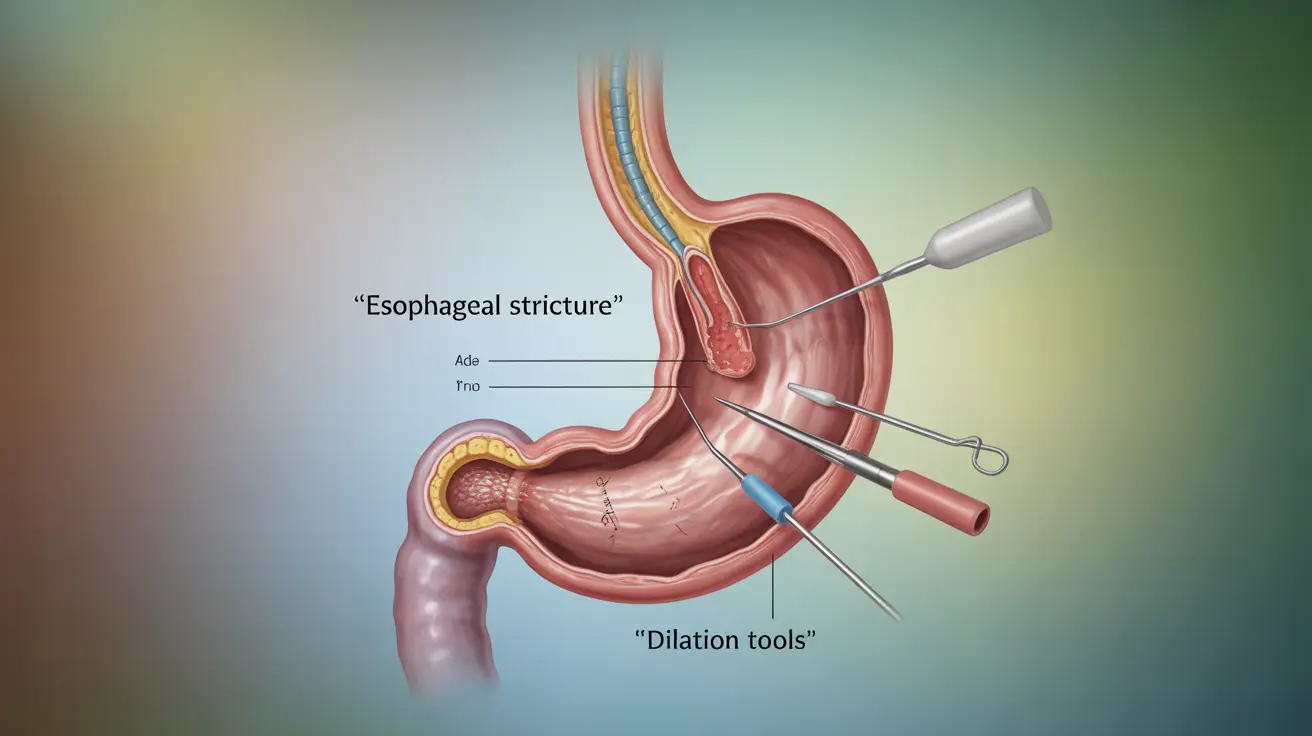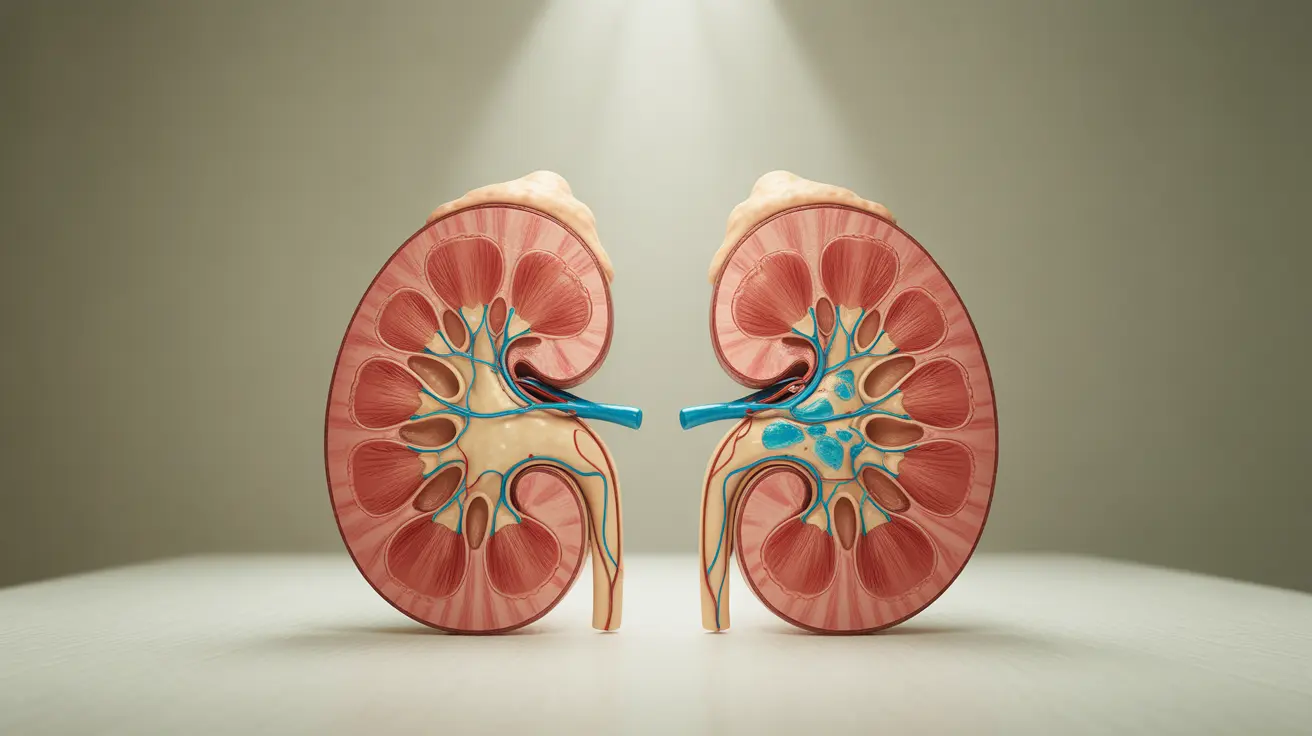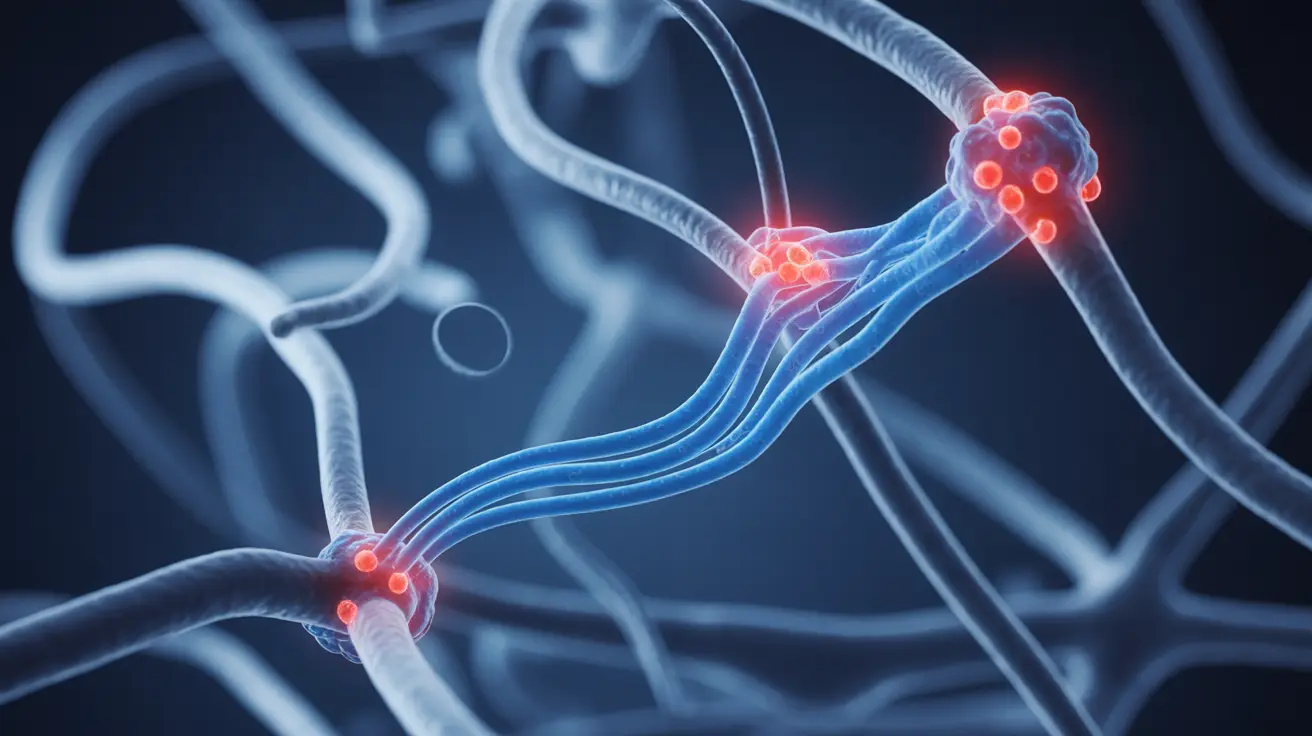Sleep is a fascinating and complex biological process that plays a crucial role in our physical health, mental well-being, and overall quality of life. Throughout the night, our brains cycle through distinct stages of sleep, each serving unique and vital functions for our body and mind.
In this comprehensive guide, we'll explore the different stages of sleep, their importance for health and recovery, and how understanding these cycles can help you achieve better sleep quality.
The Four Stages of Sleep Explained
Modern sleep science recognizes four primary stages of sleep, each characterized by specific brain wave patterns, physiological changes, and biological functions. These stages are divided into two main categories: Non-REM (NREM) sleep and REM sleep.
Stage 1: Light Sleep (N1)
The first stage marks the transition from wakefulness to sleep. During this brief period, lasting several minutes:
- Brain waves begin to slow down
- Muscle activity decreases
- Eye movements slow
- You can be easily awakened
Stage 2: Intermediate Sleep (N2)
This stage represents lighter sleep that occurs before entering deeper sleep phases. Key characteristics include:
- Further slowing of brain waves
- Brief bursts of electrical activity called sleep spindles
- Body temperature drops
- Heart rate slows
Stage 3: Deep Sleep (N3)
Also known as slow-wave sleep or delta sleep, this stage is crucial for physical restoration and healing. During deep sleep:
- Brain waves become very slow (delta waves)
- Blood pressure drops
- Tissue repair occurs
- Growth hormone is released
- Immune system strengthening takes place
REM Sleep: The Dream Stage
REM (Rapid Eye Movement) sleep is the final stage in the sleep cycle, characterized by intense brain activity and vivid dreams. During REM sleep:
- Brain activity resembles wakefulness
- Eyes move rapidly behind closed lids
- Most muscles become temporarily paralyzed
- Memory consolidation occurs
- Emotional processing takes place
The Impact of Sleep Stages on Health
Each sleep stage contributes uniquely to our overall health and well-being. Understanding these contributions can help emphasize the importance of achieving quality sleep:
Physical Recovery and Growth
Deep sleep (Stage 3) is particularly crucial for physical restoration, including:
- Muscle and tissue repair
- Immune system enhancement
- Hormone regulation
- Cellular regeneration
Mental Health and Cognitive Function
REM sleep and earlier sleep stages play vital roles in:
- Memory consolidation
- Learning enhancement
- Emotional processing
- Stress reduction
- Mood regulation
Frequently Asked Questions
What are the stages of sleep, and how do they impact overall health?
The stages of sleep include three phases of Non-REM sleep (N1, N2, and N3) and REM sleep. Each stage impacts health differently, with deep sleep supporting physical recovery and immune function, while REM sleep enhances memory and emotional processing.
How does REM sleep affect memory consolidation and dreaming?
During REM sleep, the brain processes and consolidates information from the day, strengthening important memories and discarding unnecessary ones. This stage is also when most vivid dreams occur, helping with emotional processing and creative problem-solving.
Why is deep sleep important for physical recovery and immune system strength?
Deep sleep (Stage 3) is when the body conducts most of its physical repair work. Growth hormone is released, tissues are restored, and the immune system is strengthened. This stage is crucial for physical recovery and maintaining overall health.
What are some common sleep disorders that can disrupt normal sleep cycles?
Common sleep disorders include insomnia, sleep apnea, narcolepsy, and restless legs syndrome. These conditions can prevent individuals from properly cycling through all sleep stages, leading to various health issues.
How can I improve the quality of my sleep by adjusting my sleep environment and habits?
To improve sleep quality, maintain a consistent sleep schedule, create a dark and cool sleeping environment, limit screen time before bed, avoid caffeine late in the day, and establish a relaxing bedtime routine. These practices help ensure proper progression through all sleep stages.




